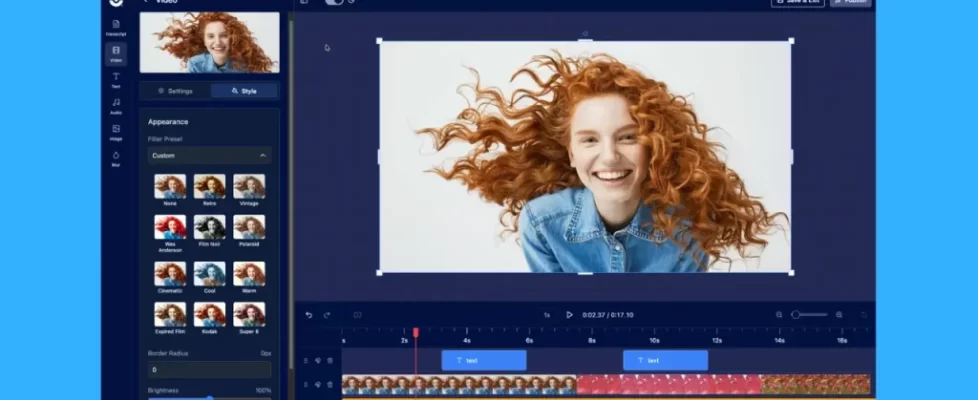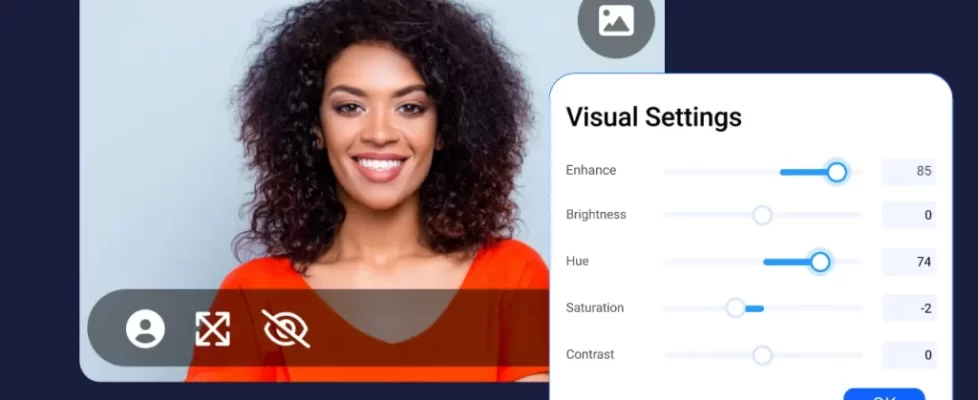
Screenshots are an easy way to demonstrate a process, capture a website or app error, document a message or confirmation, or simply capture and share something funny or interesting you found online. Educators use screenshots for teaching and learning, and creators share screenshots for both communication and entertainment.
Both Windows and Mac have built-in basic screenshot tools. But for most people, you’ll want to do more than just a simple print screen. You’ll likely want to edit and crop your screenshots, annotate them, and easily save, organize, and share those screenshots to get the most out of your screen capturing tools.
ScreenPal offers a completely free, easy, and powerful screenshot tool and image editor for both Windows and Mac. You can capture your full screen, your top window, drag to select and capture any part of your screen, or capture a scrolling screenshot, and then edit, crop, annotate and share. You can also take advantage of the free screen recorder when you need more than just a static image of your screen.
Below we’ll walk you through how to screenshot on Mac and Windows with ScreenPal.
- How to take a screenshot on Windows
- How to take a screenshot on a Mac
- How to edit a screenshot
- How to annotate a screenshot
How to take a screenshot on Windows
![]() Launch the screenshot tool from your account or from the ScreenPal icon in the tool tray located in the bottom right corner of your desktop.
Launch the screenshot tool from your account or from the ScreenPal icon in the tool tray located in the bottom right corner of your desktop.
![]() Click the camera icon to launch the tool.
Click the camera icon to launch the tool.
You have four easy options to take a screenshot on Windows:
1. Capture your entire screen
Press Enter to capture your entire screen.
2. Capture the entire window that’s at the front of your screen
Single click on the highlighted window to capture just that window.
3. Capture any custom area of your screen
Click and drag your cursor to capture any area of your screen.
4. Capture a scrolling screenshot
Select an area and scroll vertically or horizontally to capture all the information you need.
Now you can press CTRL+V to easily paste your screenshot in another application, open the free image editor to edit and annotate your screenshot, navigate to your screenshots folder, or upload your screenshot to ScreenPal to organize and share for free.
You can easily set up your own keyboard shortcuts, or hotkeys, to make screen captures even quicker.
- In the tray, click the ScreenPal icon.
- Underneath the camera icon is a dropdown menu. Click the gear icon to access the screenshot settings.
- Under the “Shortcut” tab, enter the keyboard combinations you’d like to use. Create separate shortcuts to open the project manager, launch the screen recorder, launch the screenshot tool, and snap a full screengrab.
- To enter the shortcut, hold the keys down at the same time.
Check out the ”General” tab if you’d like ScreenPal to run automatically when your computer starts.
Keep shortcuts (hotkeys) simple so you don’t have to keep guessing what button to click next.
You are now set to create, edit, and share your screenshots on Windows.
How to take a screenshot on a Mac
 Launch the screenshot tool from your account or from the ScreenPal icon in the menu bar tray, located in the top right corner of the screen.
Launch the screenshot tool from your account or from the ScreenPal icon in the menu bar tray, located in the top right corner of the screen.
![]() Click the camera icon to launch the tool.
Click the camera icon to launch the tool.
You have three easy options to take a screenshot on Mac:
 1. Capture your entire screen
1. Capture your entire screen
Press Enter or Return to capture your entire screen.
2. Capture the entire window that’s at the front of your screen
Single click on the highlighted window to capture just that window.
3. Capture any custom area of your screen
Click and drag your cursor to capture any area of your screen.
4. Capture a scrolling screenshot
Click and drag to select an area of your screen, then scroll vertically or horizontally to capture the information.
 Now you can press ⌘+V to easily paste your screenshot in another application, open the free image editor to edit and annotate your screenshot, navigate to your screenshots folder, or upload your screenshot to ScreenPal to organize and share for free.
Now you can press ⌘+V to easily paste your screenshot in another application, open the free image editor to edit and annotate your screenshot, navigate to your screenshots folder, or upload your screenshot to ScreenPal to organize and share for free.
You can easily set up your own keyboard shortcuts, or hotkeys, to make screen captures even quicker.
- In the menu bar, click the ScreenPal icon.
- Underneath the camera icon is a dropdown menu. Click the gear icon to access the screenshot settings.
- Under the “Shortcut” tab, enter the keyboard combinations you’d like to use. Create separate shortcuts to open the project manager, launch the screen recorder, launch the screenshot tool, and snap a full screengrab.
- To enter the shortcut, hold the keys down at the same time.
Check out the ”General” tab if you’d like ScreenPal to run automatically when your computer starts.
Keep shortcuts (hotkeys) simple so you don’t have to keep guessing what button to click next.
You are now set to create, edit, and share your screenshots on your Mac.
How to edit a screenshot
You can easily edit your screenshot in the free image editor. Once you’ve taken your screenshot, click the edit icon to open the screenshot in the image editor.
In the image editing tool, you have a number of options to edit your screenshot:
Resize screenshot – Use resize to quickly resize your screenshot while maintaining the original aspect ratio you captured
Crop screenshot – Adjust the handles on any side of your image to crop your screenshot to any size. You can easily undo or make additional adjustments to your screenshot crop at any time.
Annotate screenshot – Add arrows, shapes, text, and numbered steps, plus highlight or blur areas of your screenshot to focus attention where you want it and hide sensitive information that you don’t want to share.
How to annotate a screenshot
Sharing a screenshot can be a powerful way to demonstrate a process or document an error. But your screenshot alone might not convey enough information. That’s where the ability to easily annotate your screenshots comes in.
After you take a screenshot, you can open it up in the image editor and easily annotate it with a number of tools.
 If you want to demonstrate a process or walk your audience through sequential steps in your screenshot, use the Steps tool. Click Steps, and then simply click on the areas of your screenshot that you want to guide your audience through to automatically add numbered steps to your screenshot. You can customize the color, font, and style of your numbered steps.
If you want to demonstrate a process or walk your audience through sequential steps in your screenshot, use the Steps tool. Click Steps, and then simply click on the areas of your screenshot that you want to guide your audience through to automatically add numbered steps to your screenshot. You can customize the color, font, and style of your numbered steps.
Highlight any area of your screenshot to focus your audience’s attention. Click Highlight and simply drag the box around any area of your screenshot to highlight that area. You can then adjust the shape of your highlighted area and the opacity, color, and blur of the area outside o your highlight.
 You can draw shapes and arrows on your screenshot to draw attention to specific areas or elements of your image. Easily add and customize rich text to clarify details and convey additional information on your screenshot.
You can draw shapes and arrows on your screenshot to draw attention to specific areas or elements of your image. Easily add and customize rich text to clarify details and convey additional information on your screenshot.
With the blur tool, you can easily blur out sensitive information that you don’t want to share. You might want to blur out a credit card number before sharing a screenshot of a payment page, for example, or blur an email address or user name on a screenshot of a login page.
Easy and free screenshot tool
You can quickly and easily take screenshots for free with ScreenPal. With the snipping tool, you can capture any part of your screen, easily edit, crop, resize, and annotate your images, then quickly share to communicate clearly with screenshots. Get started for free today!

































